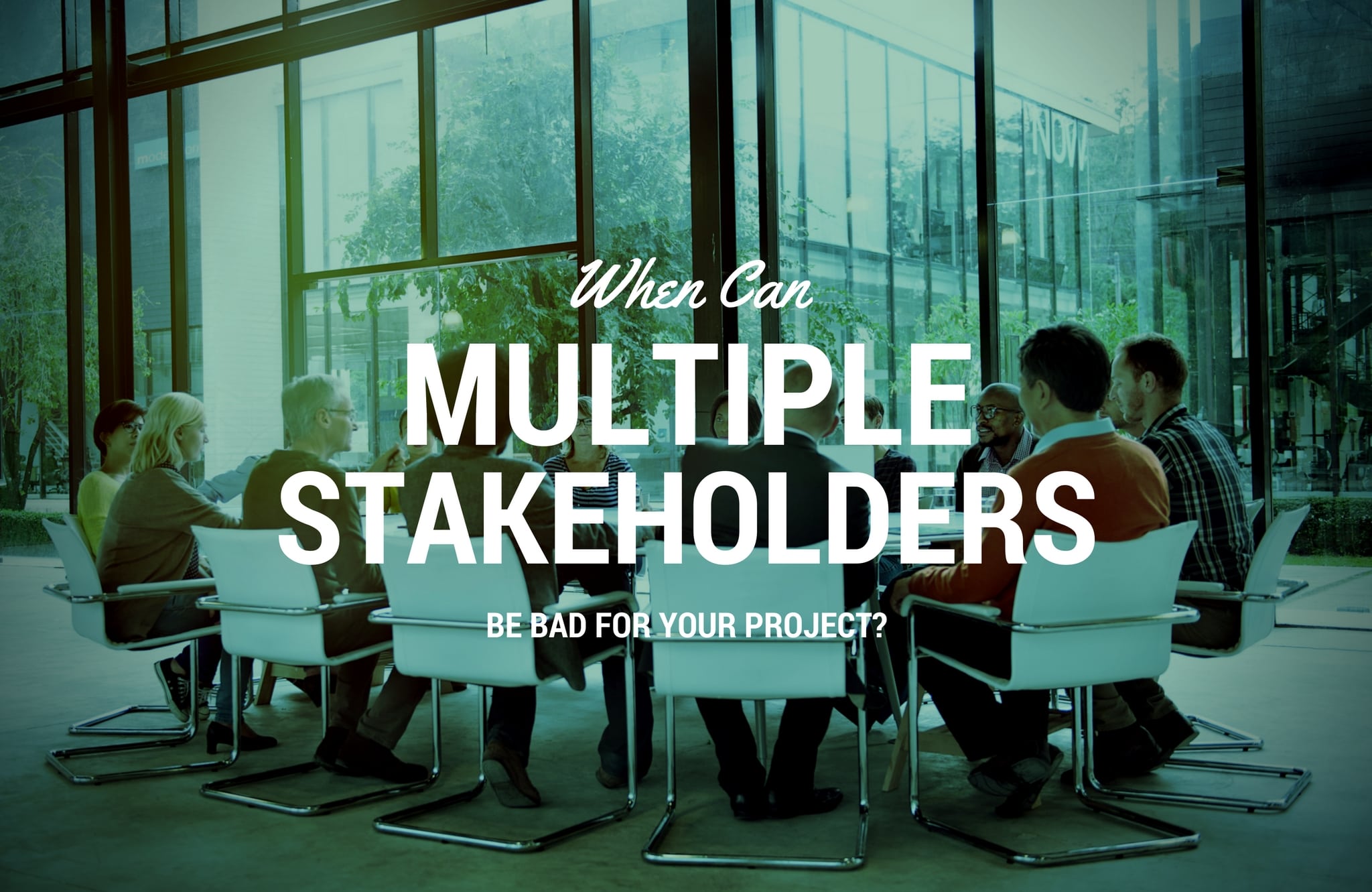When Can Multiple Stakeholders Be Bad For Your Project?
Thursday, November 17, 2016 9:23 PM by Taylor Studios in Design and Planning

The National Association for Interpretation National Conference was last week, and we are celebrating the hard work of interpreters everywhere with a series of blog posts focused specifically on Interpretation and Interpretive Planning. Enjoy!
I’m sure that you’ve heard the phrase “too many chefs in the kitchen.” For natural and cultural heritage sites embarking upon new interpretive projects, the phrase could perhaps be reworked to say “too many stakeholders in the planning room!”
Of course, inclusiveness in the planning process should be a major goal for all organizations. Not only will you grow your primary audience by offering everyone a seat at the table, but you will generate wider excitement for your project and provide all of your stakeholders a sense of ownership. Especially in the earliest planning stages, it is not harmful – and it is in fact beneficial – to draw all of your various stakeholders together and hear all of their suggestions. Just listening to their thoughts is highly beneficial, whether or not their suggestions are put into action at a later time.
However, there reaches a point at which too many voices can become detrimental. This occurs as the project progresses into the design and production phases, and as important decisions need to be made in a timely and cost-effective manner. Effective interpretation relies upon cohesive and coherent content organized around a single central theme, and hard decisions need to be made to decide upon this structure and how to implement it. Whereas early planning meetings might draw in hundreds of your various stakeholders, once decisions have to be made, those “around the table” must be limited to a small number of decision makers from the most important groups of stakeholders. It becomes detrimental to include everybody, since delays and arguments and further brainstorming simply mean missed deadlines and increased costs. For an exhibit to emerge that isn’t simply a hodgepodge of everyone’s individual ideas, the table unfortunately has to be made smaller at this stage of planning.
But what about community input? What about that important aspect of inclusiveness that is undoubtedly needed? For this, we suggest a two-pronged approach. First, that small number of decision makers should undoubtedly be drawn from the larger stakeholder groups. For example, if you have dozens of school teachers who were part of the earliest planning stages, make sure that one of them is on the smaller committee as the process moves forward. S/he can be the spokesperson and representative for the wider stakeholder community of teachers. Secondly, even though all of your stakeholders cannot be included in the decision-making process after the early stages, they definitely can still be updated regularly with how the project is progressing. This keeps your hundreds (or thousands!) of stakeholders feeling included, important, and part of the project.
In the end, the staff and leadership at your organization need to make all of the hard decisions. That is just the unfortunate reality, and most of your stakeholders will understand. So, even though all cannot be “chefs” during the entire planning process, make sure that you keep all of your stakeholders informed throughout, since even though all cannot be “chefs,” they can definitely still be “diners!”
What do you think? Is our process not inclusive enough? Is there a way to include stakeholders more prominently? Let us know your thoughts.
Share this on social networks